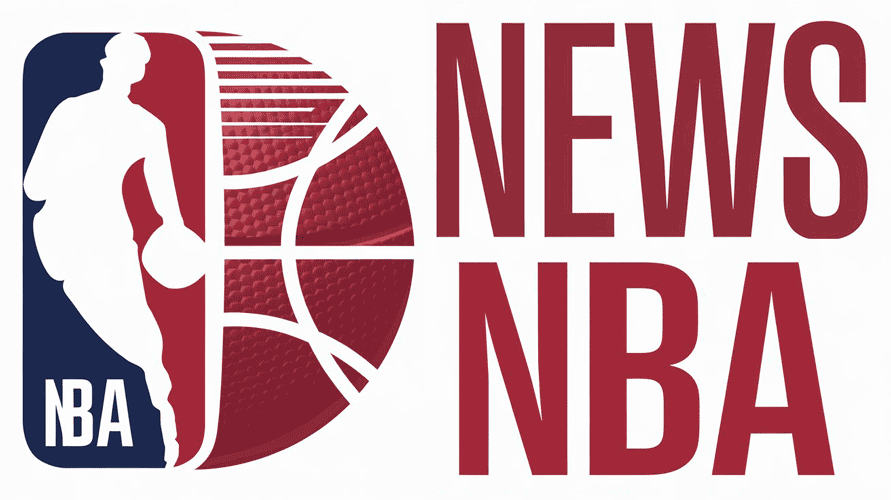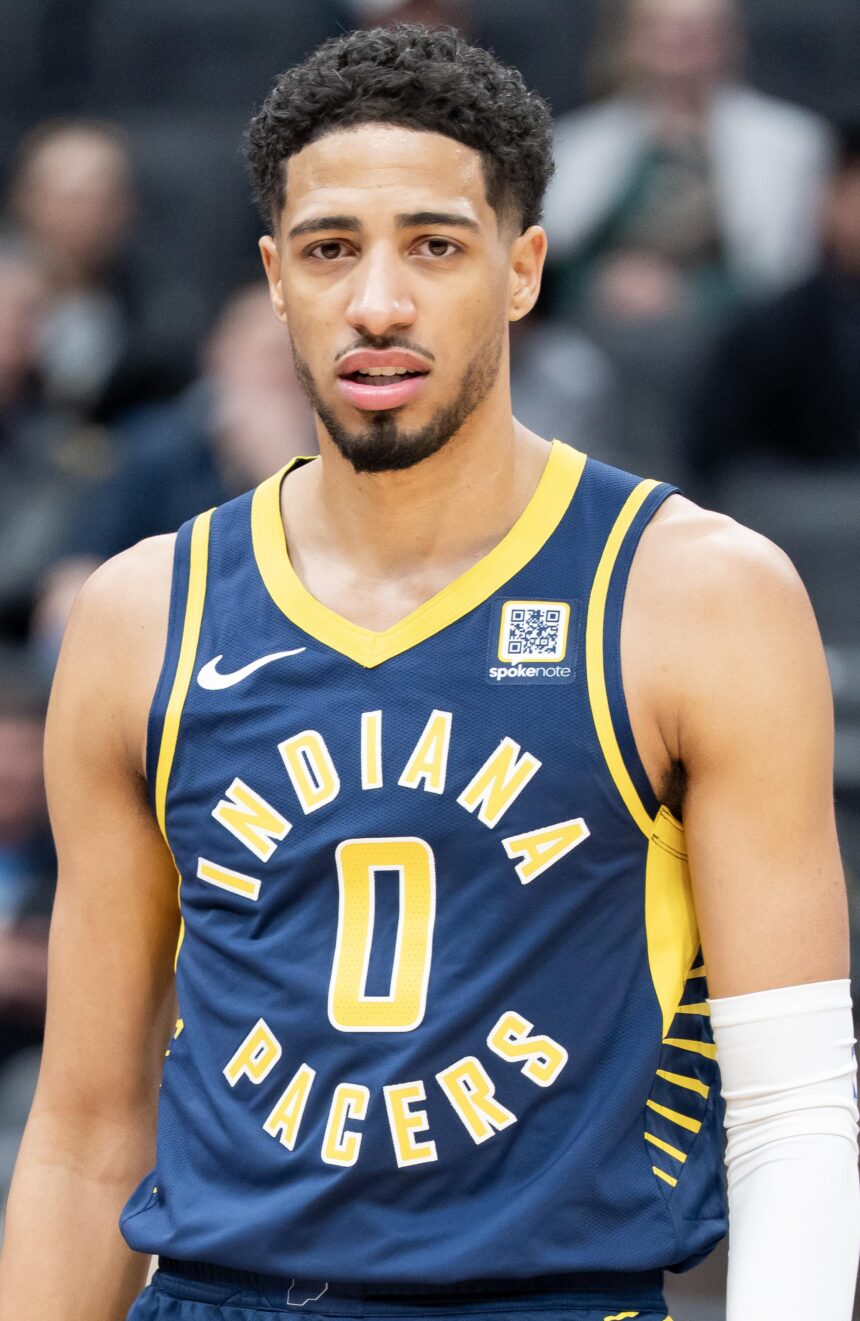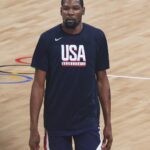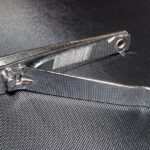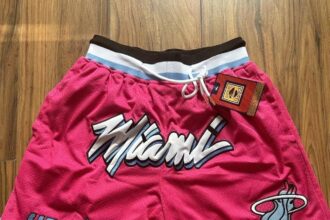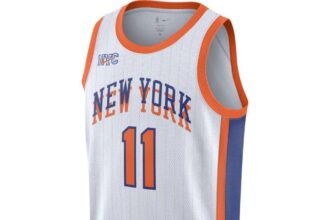Indiana Pacers guard Tyrese Haliburton has provided a candid update on his recovery from a devastating Achilles injury. In a recent statement, Haliburton detailed the progress of his rehabilitation and offered insights into his physical and mental state as he works toward a full return to the court. The promising young star’s transparency sheds light on the challenges faced by athletes dealing with major injuries and the rigorous journey back to professional play.
Pacers Guard Tyrese Haliburton Opens Up About Achilles Injury Recovery Timeline
Tyrese Haliburton recently provided a candid update on his rehabilitation journey following the devastating Achilles injury he suffered earlier this season. Speaking with the media, the Pacers guard emphasized the importance of patience and rigorous rehab protocols, revealing that while progress is steady, he is focused on ensuring a full recovery rather than rushing back to the court. Haliburton highlighted that his medical team has laid out a six to nine-month recovery window, aiming for strength and flexibility milestones before any thought of game action.
Breaking down the rehab phases, Haliburton shared a glimpse into his day-to-day regimen, which involves a combination of physical therapy, controlled mobility exercises, and gradual load-bearing activities. He remains optimistic but realistic about the challenges ahead, underlining three key components fueling his progress:
- Consistent physical therapy: multiple daily sessions focusing on tendon healing and muscle restoration
- Nutrition and rest: tailored diet plans to support tissue repair and immune health
- Mental resilience: staying motivated through visualization and support from teammates and staff
| Recovery Phase | Focus Area | Timeline |
|---|---|---|
| Acute Care | Inflammation Control | 0-2 Months |
| Rehabilitation | Strength & Mobility | 3-6 Months |
| Return to Play Protocol | Gradual Load & Conditioning | 6-9+ Months |
Detailed Analysis of Haliburton’s Rehabilitation Progress and Team Implications
Tyrese Haliburton’s rehabilitation from his Achilles injury has shown promising yet cautious progress, reflecting both his commitment and the challenges inherent in recovering from such a significant setback. According to recent updates, Haliburton is now entering the phase of increased physical therapy intensity, focusing on regaining strength and flexibility in the affected tendon. Medical staff reports indicate that his recovery metrics-such as tendon elasticity tests and pain response assessments-have improved steadily over the past month, aligning closely with the rehabilitation timeline projected by the team’s specialists. However, Haliburton has emphasized the mental toll, revealing that adapting to both the physical constraints and the uncertainty of return timelines has been a key hurdle in his road to recovery.
The implications of Haliburton’s current status extend beyond his individual health, directly affecting the Indiana Pacers’ strategic approach this season. With the point guard sidelined, the team has adjusted its rotation and playmaking dynamics, relying more on bench depth and experimenting with offensive spacing to compensate for his absence. The following table outlines key areas impacted by Haliburton’s injury and the corresponding adaptations implemented by the coaching staff:
| Aspect | Impact | Coaching Adjustments |
|---|---|---|
| Playmaking | Reduced ball distribution efficiency | Increased ball movement and off-ball screens |
| Defense | Loss of perimeter defensive pressure | Rotated wing defenders and emphasized help defense |
| Leadership | Gap in on-court decision-making | Empowered secondary leaders to orchestrate plays |
- Recovery Focus: Emphasis on gradual tendon strengthening and psychological readiness.
- Team Strategy: Adjustment of offensive sets to maintain pace and spacing without Haliburton.
- Player Roles: Elevation of bench players to fill playmaking void and stabilize defense.
Experts Weigh In on Best Practices for Achilles Injury Recovery in Professional Basketball
Leading specialists in sports medicine emphasize a multidimensional approach for optimal Achilles recovery in elite basketball players like Tyrese Haliburton. Rehabilitation typically involves a blend of progressive loading exercises, nutritional support, and cutting-edge therapies such as platelet-rich plasma (PRP) injections to accelerate tissue healing. Experts caution against rushing back onto the court, highlighting that premature stress could increase the risk of re-rupture or chronic complications. Instead, they suggest a patient, monitored regimen that balances mobility restoration with strength building to promote tendon resilience.
The consensus from medical professionals underlines critical milestones in the recovery timeline, which are often personalized but generally align with standardized benchmarks shown in the table below. Key focus areas include:
- Pain management through tailored medication plans and cryotherapy.
- Biomechanical assessments to correct imbalances that may predispose to injury.
- Gradual return protocols, involving on-court conditioning and sport-specific drills.
| Recovery Phase | Timeframe | Focus Area |
|---|---|---|
| Acute | 0-2 weeks | Immobilization & pain control |
| Subacute | 2-6 weeks | Gentle range-of-motion exercises |
| Rehabilitation | 6-12 weeks | Progressive strengthening & balance |
| Return to Play | 3-6 months | Sport-specific training & monitoring |
In Conclusion
As Tyrese Haliburton continues his recovery from the Achilles injury, the Pacers and their fans remain hopeful for a strong comeback. Haliburton’s candid update offers valuable insight into his progress and determination, underscoring the resilience required to overcome such a significant setback. The basketball community will be watching closely as he works toward returning to the court and resuming his role as a key contributor for Indiana. Further updates are expected as Haliburton advances through his rehabilitation process.
